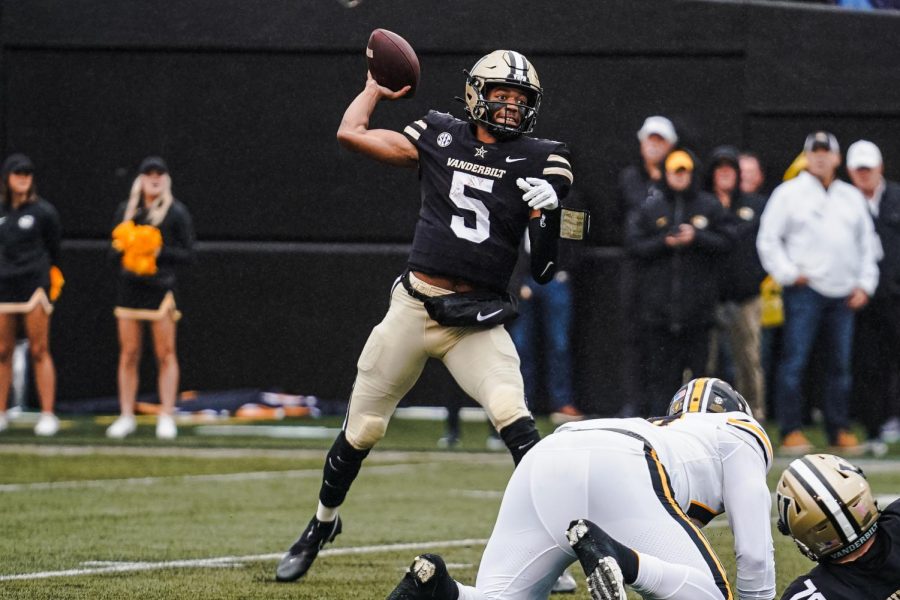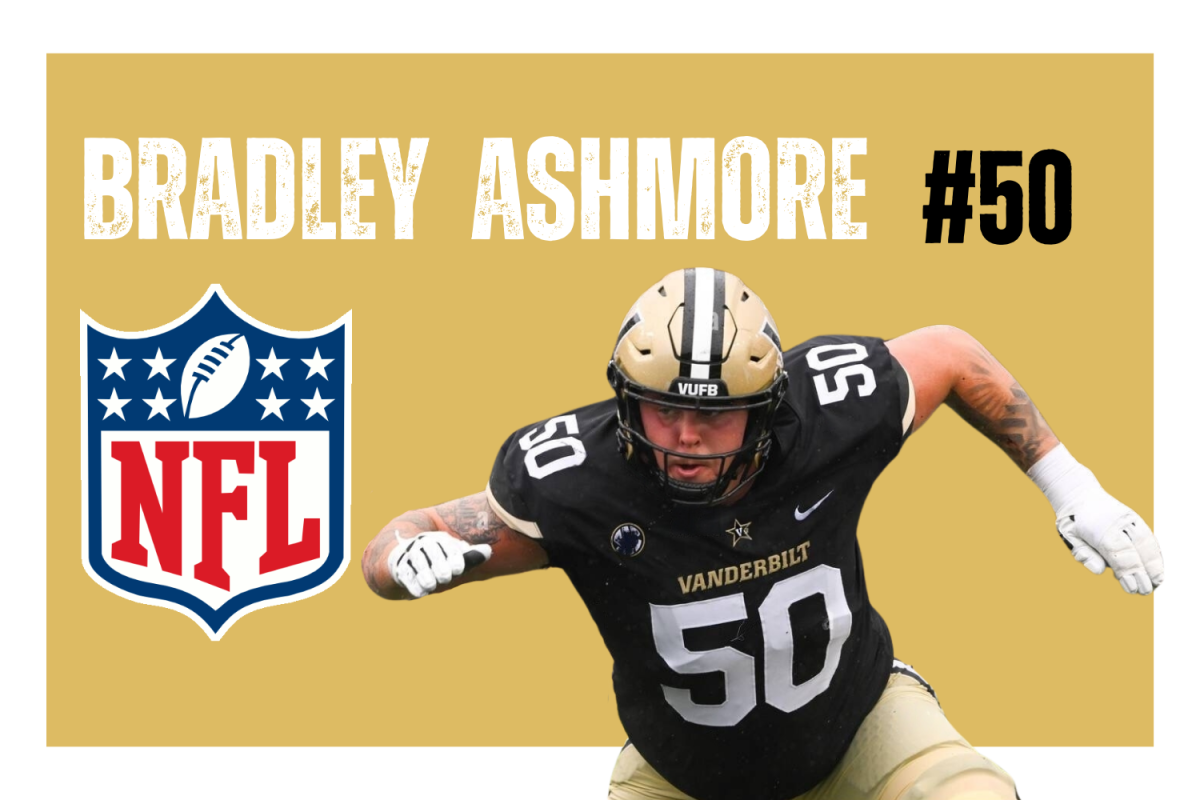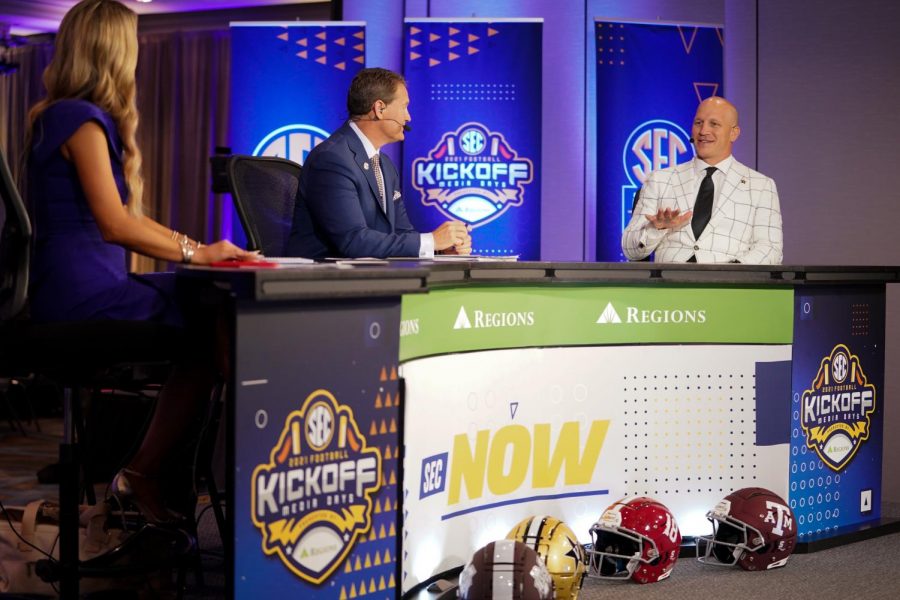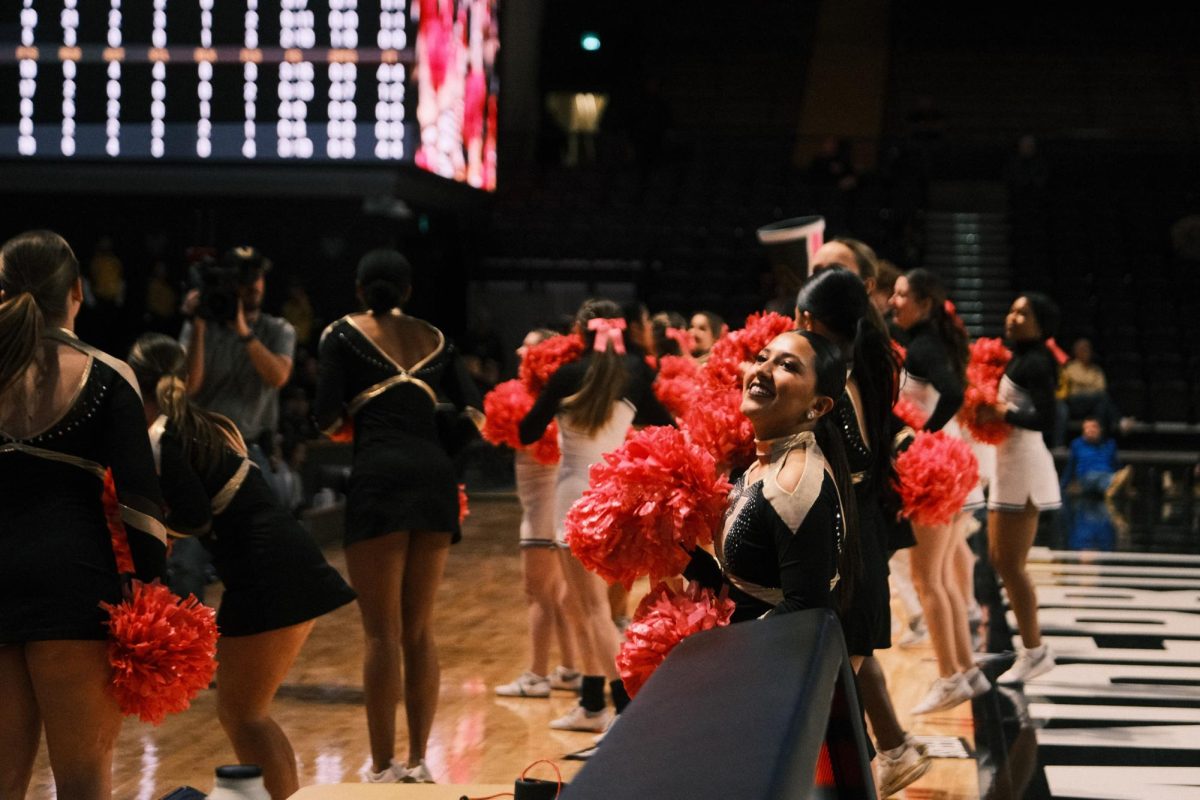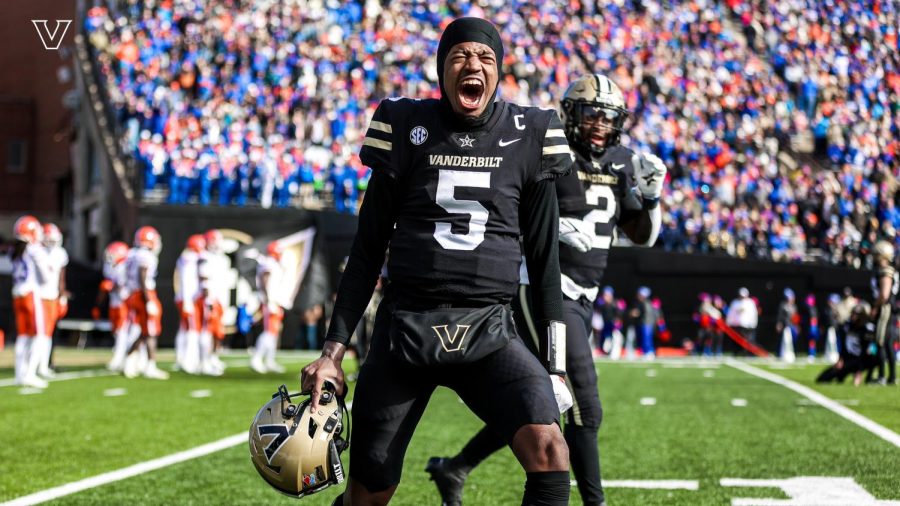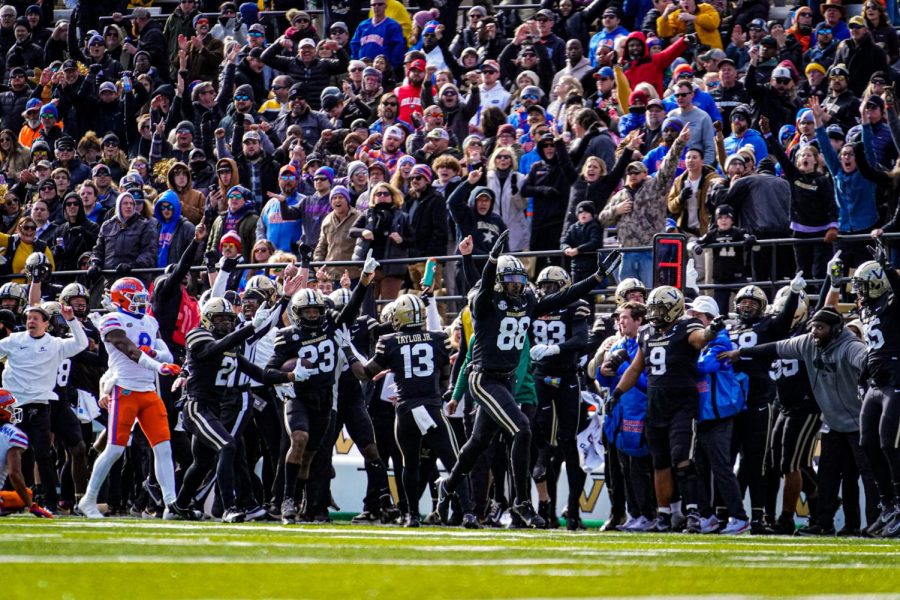This Saturday the Vanderbilt Commodores fell 37-28 to the Missouri Tigers, and while a loss is a loss, the offensive side of the ball offered some positive takeaways.
The Commodores, led by quarterback Mike Wright, rushed for 258 yards and put up 28 points, both well above their season averages of 117 and 14.9, and much better than the 9 rushing yards and six points they had last week against Mississippi State. They appear to be adjusting to a more option-based style of offense that has seen a lot of success recently throughout collegiate and professional football, and it’s time to take a look at what the offense did differently that made it so successful.
First, it must be acknowledged that this Missouri defense is not very good, especially against the run. They allow 282.3 yards per game on the ground, but that has been to teams like Texas A&M, Tennessee and Kentucky—Vanderbilt’s offense is still worthy of praise, especially with how they performed just one week earlier.
The biggest difference that flashed on tape was the progression and increased incorporation of the option scheme, where Mike Wright had the choice to either give the ball to a running back, for the most part Patrick Smith, or keep it himself.
Against Missouri they ran a read option with outside zone and with a halfback dive, and they also ran an option pitch a couple times. None of this was exactly new to the offense, as they were running the read option against Mississippi State as well, but they seemed to change a couple things this week that made it more effective.
The primary advantage of an option play is that it allows the offense to block one fewer player, as the quarterback reads one unblocked player and decides whether to keep it or hand it off or pitch it to the running back. The Commodores took advantage of that much more against Missouri than in weeks past.
Against Mississippi State, with the exception of the first play (a 4-yard run by Mike Wright), they did not run a ton of option concepts, and when they did, their offense would still match up on every defensive lineman. As made obvious by their 9 total rushing yards, this did not win them a lot of one-on-one assignments. Against Missouri, the Commodores did a much better job of incorporating option concepts.
After two pedestrian drives—the first stopped by a Cam Johnson third down drop, the second stunted by a non-option first down run up the middle for zero yards—Vanderbilt exploded on its third drive. They opened with an outside run where the Wright option drew a linebacker in and allowed Patrick Smith to get the edge and an 11-yard first down.
One of the best examples of an effective option, this time an option pitch, was on the second play of the drive, a 69-yard run by Wright. Leaving a defensive end unblocked allowed right tackle Bradley Ashmore to extend and make a block on a linebacker in the second level, effectively creating a big lane. Wright also did a fantastic job with the ball fake to juke the defender.
Even when Wright turns around to hand the ball off, the offensive line is able to block one less player which helps them get into the second level and break more consistent runs. The threat of Wright running the football holds #9 in place and gives right guard Delfin Xavier Castillo the opportunity to make a block on a linebacker and spring James Ziglor for a gain of nine.
On a key third-and-12 later that drive, Wright drew two defenders on the read option, allowing Bradley Ashmore to seal off the linebacker and create a big hole for Patrick Smith, leading to a gain of 19.
Vanderbilt’s second touchdown may be the best example of a lineman getting downfield, as after beating two defenders with the option pitch, the Commodores had three blockers to two defenders, allowing Smith to run almost untouched into the endzone.
Smith also had a good day running the ball even on plays where blockers missed assignments as he was able to make people miss and break tackles. Early in the third quarter, tight end Ben Bresnahan missed a chance to seal off a linebacker and spring a huge run, but Smith broke a tackle and still ran for 14 yards.
The last play of note was a 70-yard run on a quarterback draw for Wright, an always dangerous play with a running quarterback—especially when they catch the defense in a formation they like.
By running options and getting lineman into the secondary, the Commodores were able to maintain a more consistent rushing attack and break off more big plays on the ground. They were especially effective on runs to the right side behind the freshman Castillo and sophomore Ashmore.
With a sophomore quarterback and freshman running back, this could be a promising future. Wright also flashed on a couple of throws, in particular an impressive tight-window throw to Chris Pierce at the end of the second quarter on a two-minute drill. Could this be the type of offense that turns this program around? Only time will tell.

